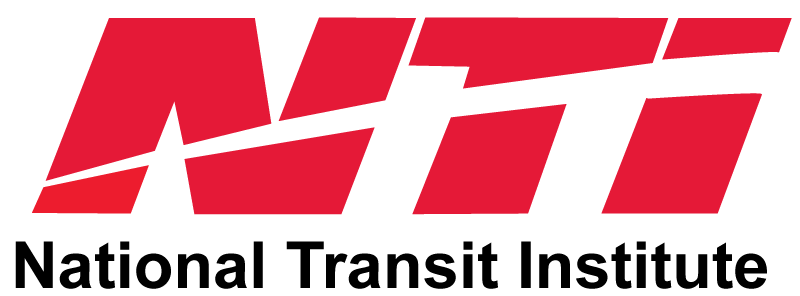Description:
Transit asset management represents a strategic approach to managing transit assets. This course helps participants understand business processes, resource allocation and resource utilization. Once these processes are defined, participants will learn how to make informed decisions about asset management based on quality information and well-defined objectives. The principles of asset management represent a framework that a transit asset management professional can adopt when looking at current procedures within their organization. This course provides an overview of key principles and best practices of transit asset management and its alignment with the regulations outlined in the FTA TAM rule (49 CFR 625).
Objectives:
By the end of this course, participants will be able to:
- Recognize the benefits of asset management
- Develop a baseline understanding of Asset Management concepts and the FTA TAM rule
- Advance asset management implementation at participants’ transit agencies
- Identify the requirements of the FTA TAM rule
- Understand where to go for additional resources related to transit asset management
Audience:
This course is directed at junior- and mid-level managers of providers, who are involved in the day-to-day operation and use of transit assets including rolling stock, guideway, and facilities to perform their duties. The individuals attending this course could be in the operations, maintenance, facilities, infrastructure, capital projects, grants, planning and financial areas. The course may also be of interest to individuals from federal, state, and regional funding agencies, MPOs, and state and regional agencies involved in transit. Participants are encouraged review the following resources before taking this course:
